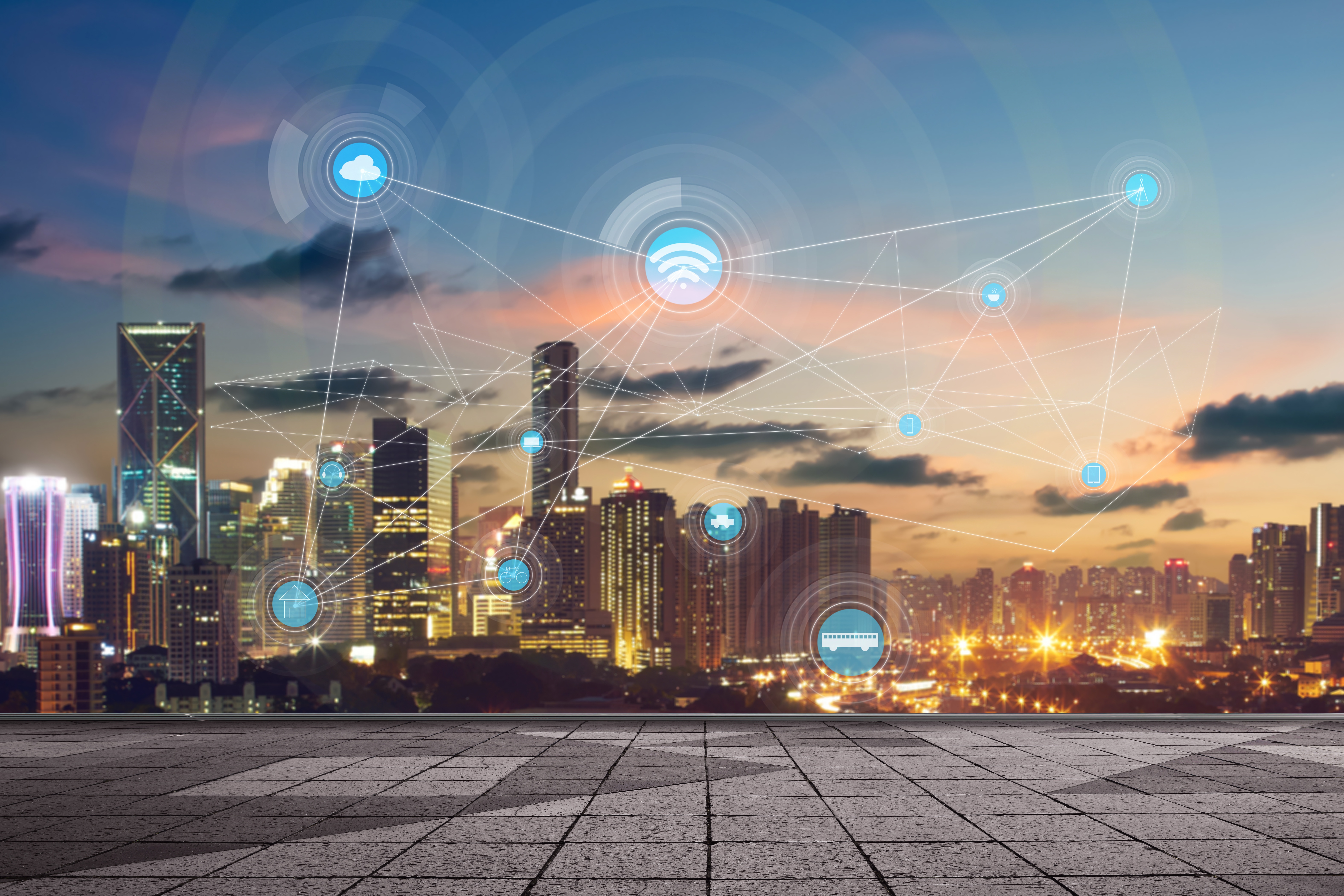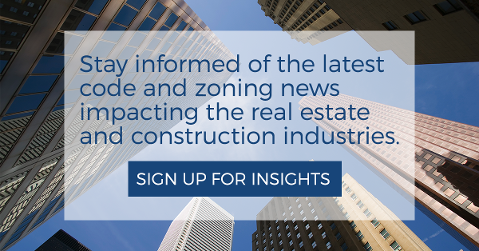“Missed it by that much” is not something investors in the global smart building market want to hear, especially seeing as 2016 predictions have the market growing from $5.73 billion to $24.73 billion by the year 2021. In order to understand this increase, it’s important to look at the definitions and benefits of what makes a building “smart”.
IBM defines smart buildings as “well managed, integrated physical and digital infrastructures that provide optimal occupancy services in a reliable, cost effective, and sustainable manner.”
Smart buildings are an integration of building, technology, and energy systems that may incorporate automation, life safety, telecommunications, and energy systems. They have the capacity to help their owners and facility managers improve asset reliability and performance; all of this, in turn, reduces energy use, optimizes how space is utilized, and minimizes the environmental impact of their buildings.
-
Growing interest in energy efficient buildings
-
CO2 emission reduction
-
Government initiatives that encourage the construction of smart buildings
-
Increased demand for integrated security systems
Buildings account for nearly 40% of the world’s energy, and in this day and age, we are growing the technology to better monitor and control as energy use increases around the globe. With more and more urbanization taking place, the “smart building” solution could allow for the acceleration in construction to grow hand in hand with the technological methods that monitor and manage it.
- Virtual and Augmented Reality – The Future for Construction and Design
- Get Ready for New York City and State's New Energy Code
- DOB Energy Audits: The How-To Guide
Milrose Consultants has a wealth of experience working with clients to ensure their LEED and smart building projects meet energy code compliance. If you have any questions or would like our guidance on energy code requirements, please contact us at 212-643-4545 or inquiry@milrose.com.








